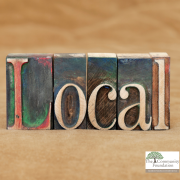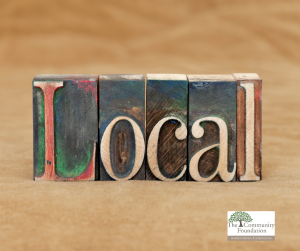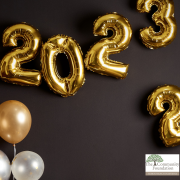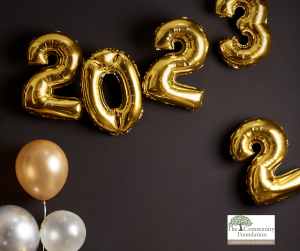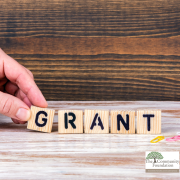Community foundations: Unparalleled resources
Community foundations: Unparalleled resources for local giving with major impact
As economic times get tough, more and more people are asking how they can make the biggest difference right in their own backyard. Indeed, local giving is a topic that has even made its way into the opinions of the mainstream media, causing many charitably-inclined people to pay more attention to the impact their dollars are having on the causes they love.
Sometimes the greatest needs really are right here at home. As donors explore charitable giving opportunities and receive requests for funding from charities near and far, it can be helpful to read first-hand accounts of why other philanthropists have been so inspired by uncovering local needs that they simply were not aware of.
Over the years, researchers have consistently validated the important emotional elements of giving to familiar and nearby organizations to foster the rewarding sense of connection that is such an important driver of repeat philanthropic behaviors. Today’s donors want to be able to actually see the results of charitable investments.
Here are three suggestions for anyone who wants to get started on a “give local” journey.
First, scan the local news. Many people are very accustomed to scrolling the news feeds on phones and catching the national and international headlines. Local news can be hard to find, but those outlets do still exist! In particular, many television stations’ websites include a local news tab. Spend five minutes scrolling through the local news for three days in a row, and you might be surprised at how much you learn about your own community. Make a mental note of issues that raise your eyebrows or make you ask yourself “I hope someone is doing something about that.”
Second, with this research in hand, run a few quick Google searches with the key words you’ve identified, along with the terms “nonprofit,” “charity,” and the name of your town or city. Sometimes these searches will illuminate organizations you might have heard of or even be involved with already. At the very least, you will begin to frame your own description of the local causes you care about.
Third, reach out to the team at The Community Foundation. The Community Foundation’s mission is to improve the quality of life in our region, and that is possible through the work of nonprofit organizations and people like you who support them. The Community Foundation team will know which nonprofits are addressing the issues you’d like to learn more about and can provide advice about how your charitable dollar can make the greatest possible difference.
The Community Foundation is unparalleled in its ability to be flexible and responsive, providing outstanding, personal service designed around your needs while at the same time working closely with legal, tax, and wealth advisors to ensure that you are maximizing the financial elements of your charitable giving plan.
We look forward to working with you to make as big a difference as possible in the causes you love and make our community an even better place for everyone.

